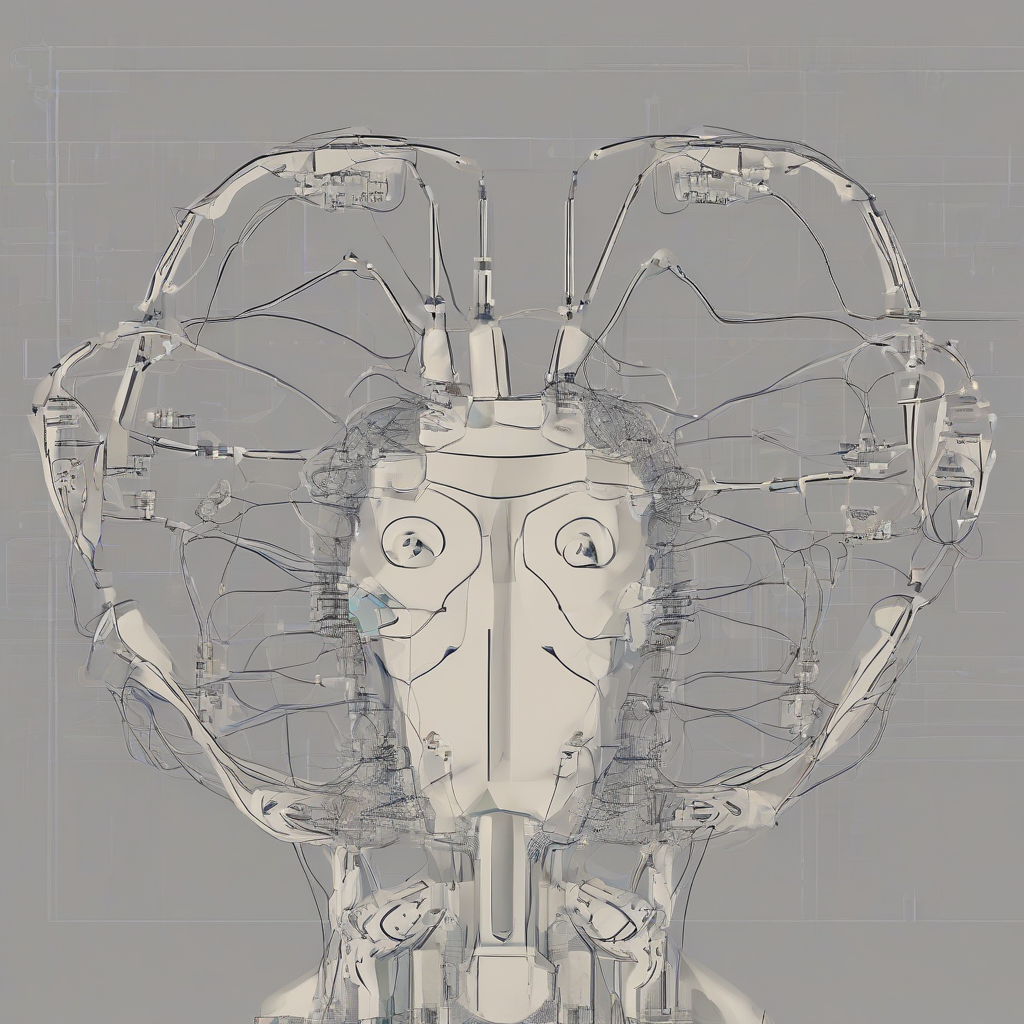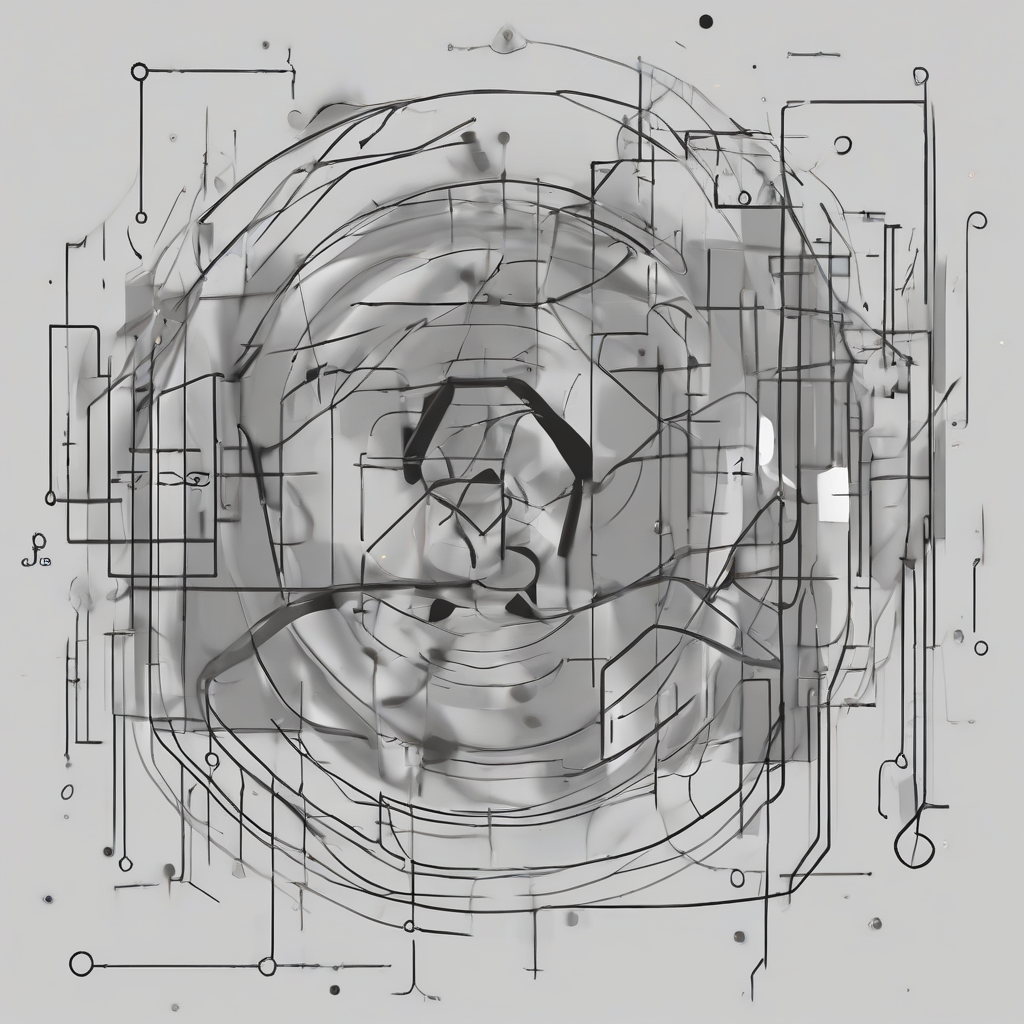Mastering the Art of Paying Off Credit Card Debt: A Comprehensive Guide
Credit card debt can be a major financial burden, weighing heavily on your budget and peace of mind. It’s a common problem, but luckily, there are effective strategies to tackle it and regain control of your finances. This comprehensive guide will walk you through the process of paying off credit card debt, from understanding the basics to implementing proven techniques.
Understanding the Basics of Credit Card Debt
Before diving into strategies, it’s crucial to understand how credit card debt works:
- Interest Charges: Credit card companies charge interest on the outstanding balance. This interest is compounded, meaning interest is calculated on both the original balance and any accrued interest, making it a powerful force in growing your debt.
- Minimum Payments: While making minimum payments might seem like a good idea, it only covers a small portion of your debt and allows the interest to accumulate rapidly.
- APR (Annual Percentage Rate): The APR represents the annual interest rate you pay on your credit card balance. Higher APRs mean you pay more interest over time.
Why Paying Off Credit Card Debt is Crucial
- Financial Stress: Debt can create significant stress and anxiety, negatively impacting your mental and emotional well-being.
- Limited Financial Flexibility: High debt payments limit your ability to save for future goals like retirement, a down payment on a house, or emergencies.
- Damage to Credit Score: Late payments or defaulting on credit card debt can severely damage your credit score, making it harder to access loans, mortgages, or even rent an apartment in the future.
Strategies for Paying Off Credit Card Debt
1. The Avalanche Method
The avalanche method prioritizes paying off debts with the highest interest rates first, regardless of the balance. Here’s how it works:
- Identify Your Debts: List all your credit cards, including their balances, interest rates, and minimum payments.
- Prioritize by Interest Rate: Order your credit cards from highest to lowest interest rates.
- Make Minimum Payments: Make the minimum payment on all cards except the one with the highest interest rate.
- Focus on Highest Interest Debt: Allocate as much extra money as possible to the debt with the highest interest rate.
- Repeat the Process: Once the highest interest debt is paid off, move to the next highest interest debt, and so on.
Benefits of the Avalanche Method:
- Saves Money on Interest: By focusing on high-interest debts, you minimize the amount of interest you pay overall.
- Faster Debt Reduction: You pay off more of your debt in the long run, making significant progress quicker.
2. The Snowball Method
The snowball method focuses on paying off the smallest balances first, creating a sense of momentum and progress. This method is psychologically motivating for many people.
- Identify Your Debts: List your credit cards, balances, interest rates, and minimum payments.
- Prioritize by Balance: Order your credit cards from smallest to largest balance.
- Make Minimum Payments: Make the minimum payment on all cards except the one with the smallest balance.
- Focus on Smallest Balance: Allocate as much extra money as possible to the card with the smallest balance.
- Repeat the Process: Once the smallest balance is paid off, move to the next smallest balance, and so on.
Benefits of the Snowball Method:
- Motivational Progress: Seeing smaller debts disappear quickly provides a sense of accomplishment and keeps you motivated.
- Early Wins: Early successes with smaller debts can boost confidence and encourage continued effort.
3. Debt Consolidation
Debt consolidation involves combining multiple debts into a single loan with a lower interest rate. This can help reduce your monthly payments and make managing your debt easier.
Types of Debt Consolidation:
- Balance Transfer Credit Card: This type of card offers a temporary 0% introductory APR on balance transfers, giving you time to pay off the debt without accruing interest.
- Personal Loan: A personal loan can be used to consolidate multiple debts into a single loan with a fixed interest rate. This can be a good option if you have a good credit score.
- Debt Management Plan: A debt management plan involves working with a credit counseling agency to negotiate lower interest rates and monthly payments with your creditors.
Considerations for Debt Consolidation:
- Eligibility: Not everyone qualifies for debt consolidation, and the requirements can vary depending on the lender or program.
- Fees: There may be fees associated with balance transfers, personal loans, or debt management plans.
- Credit Score Impact: Hard inquiries from lenders can temporarily lower your credit score.
4. Negotiating with Credit Card Companies
In some cases, you may be able to negotiate with your credit card companies to lower your interest rates or reduce your balance.
Negotiation Strategies:
- Research Options: Explore alternative offers or promotions from your credit card company or competitors.
- Be Prepared to Explain Your Situation: Clearly articulate your financial challenges and why you need a lower interest rate or balance reduction.
- Be Polite and Persistent: Maintain a respectful tone and be willing to negotiate. Don’t be afraid to ask for what you want.
5. Building a Budget and Reducing Spending
Effective budgeting is crucial for paying off debt and preventing future accumulation. Create a detailed budget that tracks your income and expenses.
Budgeting Tips:
- Track Your Spending: Monitor your spending for a month to identify areas where you can cut back.
- Create a Budget: Allocate your income to different categories like housing, food, transportation, and entertainment.
- Stick to Your Budget: Discipline is key. Avoid impulse purchases and stick to your planned spending.
- Reduce Unnecessary Expenses: Consider cutting back on subscriptions, dining out, or entertainment.
- Find Ways to Earn Extra Income: Take on a side hustle or sell unwanted items to generate extra income.
Tips for Staying Motivated and on Track
- Visualize Your Goals: Create a visual representation of your debt payoff goal to stay motivated.
- Reward Yourself: Celebrate milestones along the way to maintain motivation.
- Seek Support: Share your journey with a trusted friend or family member for support and encouragement.
Warning Signs and Potential Pitfalls
- Debt Consolidation Scams: Be wary of offers that seem too good to be true. Research any debt consolidation company thoroughly.
- Credit Card Offers: Avoid opening new credit cards while working on paying off debt. This could lead to further debt accumulation.
- Taking on New Debt: Resist the temptation to take on new debt while you’re working to pay off existing debt.
Conclusion
Paying off credit card debt requires a commitment to financial discipline and a strategic approach. By understanding the basics, implementing proven strategies, and staying motivated, you can take control of your debt and build a stronger financial future. Remember, it’s a journey, not a sprint, and every step you take towards financial freedom is a victory.




